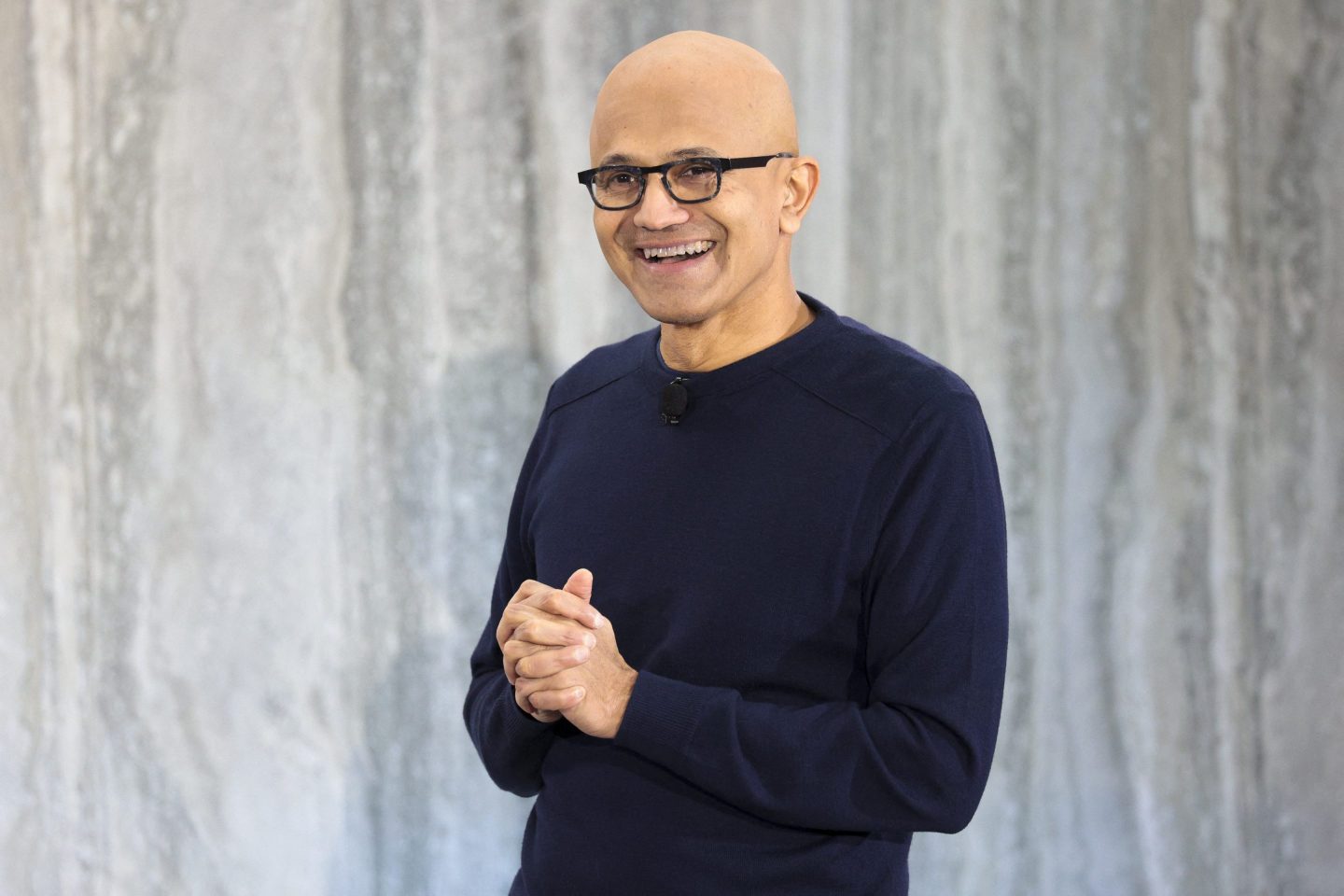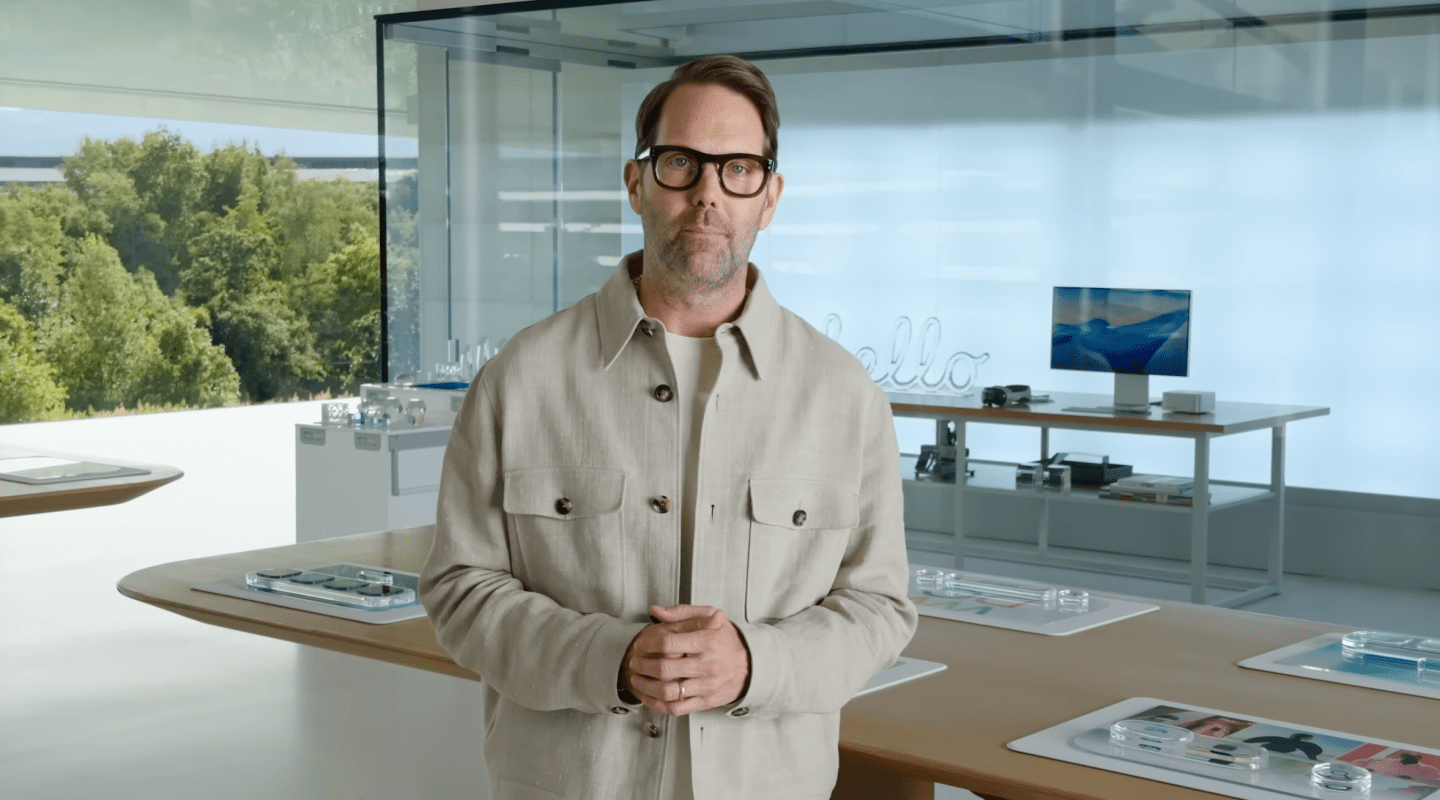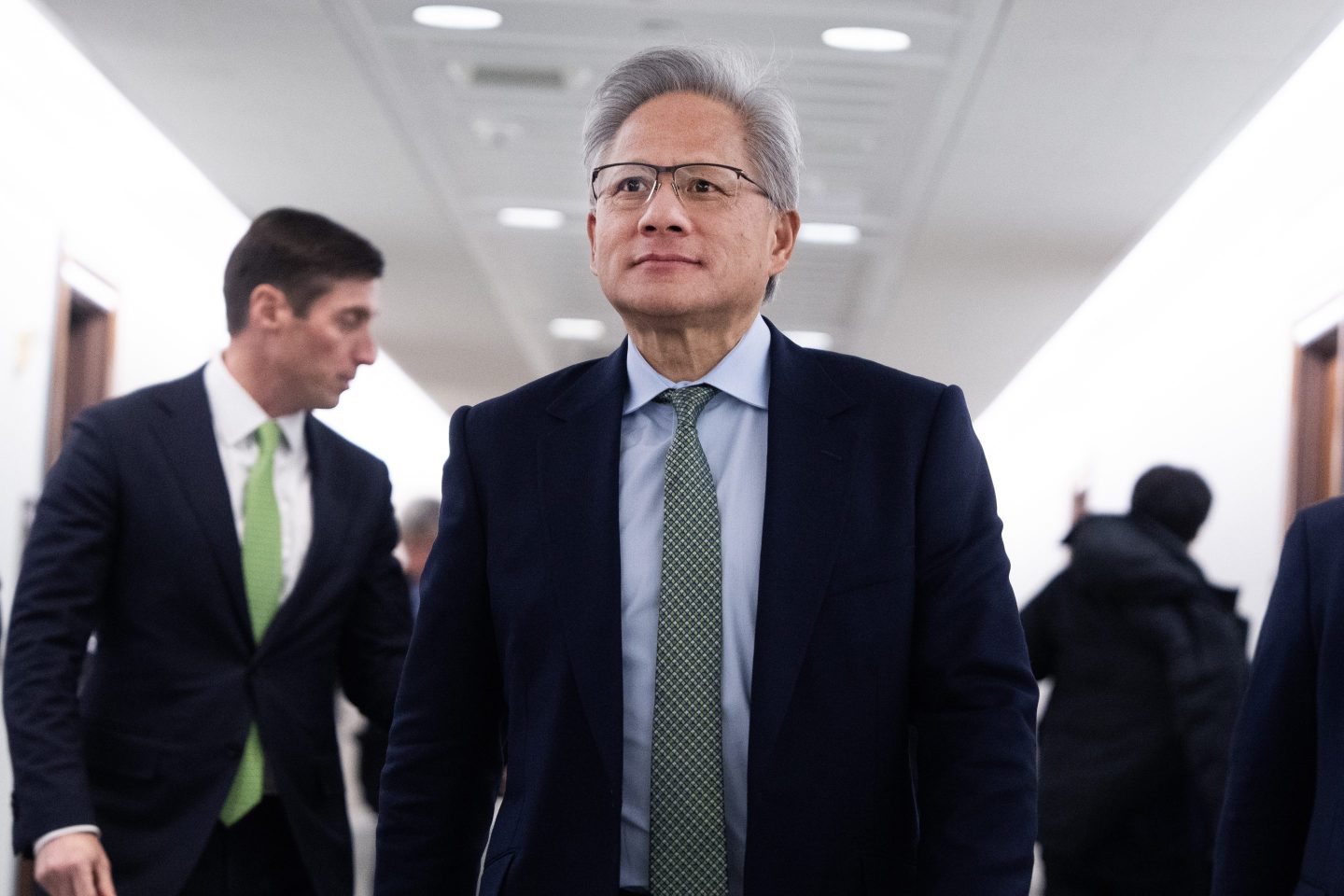The OpenAI saga has come full circle. Sam Altman is back as CEO, though he now faces an internal investigation into his conduct leading up to his dismissal last Friday. The coup plotters are either out (board members Helen Toner and Tasha McCauley) or severely chastened (cofounder and now former board member Ilya Sutskever). Cofounder Greg Brockman, who was briefly hired by Microsoft alongside Altman on Sunday evening, posted a selfie with jubilant OpenAI staffers, with the message: “We are so back.” And OpenAI just launched ChatGPT’s voice feature with a joke about the whole affair.
There’s a strong temptation—certainly for us tech journalists—to emit the finest expletives over five days of intense drama being followed by the appearance of everything going back right back to where it started. But of course, that’s not quite the case.
Crucially, it seems Microsoft is going to get much more of a foothold in OpenAI’s decision-making processes. According to The Verge’s sources, the initial board—comprising sole holdover Adam D’Angelo, plus former Treasury Secretary Larry Summers and former Salesforce co-CEO Bret Taylor—will create a bigger board, on which Altman and Microsoft want seats.
“We are encouraged by the changes to the OpenAI board. We believe this is a first essential step on a path to more stable, well-informed, and effective governance,” Microsoft CEO Satya Nadella posted on X. “Sam, Greg, and I have talked and agreed they have a key role to play along with the OAI leadership team in ensuring OAI continues to thrive and build on its mission. We look forward to building on our strong partnership and delivering the value of this next generation of AI to our customers and partners.”
In some ways, Microsoft has ended up with the best of both worlds here. The inherent and growing tension between OpenAI’s nonprofit structure and the need to fund its enormous staffing and running costs is a lot closer to being resolved than it was this time last week. Looks like the money won, which means fewer surprises for Nadella, who also probably now gets less resistance to his need for speed—this episode will take OpenAI further away from its safety-first roots.
At the same time, the new-old setup gives Microsoft one less reason to worry on the regulatory front. As it has only a (barely) minority stake in OpenAI’s profit-making subsidiary, there’s nothing for antitrust regulators—who are taking a renewed interest in Microsoft these days—to see here. That situation may have changed if it weren’t for the OpenAI board’s capitulation yesterday.
Before the dam crumbled, OpenAI’s employees were threatening to quit en masse and follow Altman and Brockman to Microsoft, which was apparently waiting with open arms. In that scenario, Microsoft may have succeeded in scooping up top talent—thus denying its competitors the pleasure—but it would also have set off alarm bells by executing what would arguably have been a merger of sorts. The way things have actually played out gives Nadella a lot of upside and a lot less hassle. No alarms and no surprises!
More news below. And please note that Fortune newsletters will not publish on Thursday and Friday in recognition of the Thanksgiving holiday. The next Data Sheet will be in your inbox on Monday, Nov. 27.
David Meyer
Want to send thoughts or suggestions to Data Sheet? Drop a line here.
NEWSWORTHY
ON OUR FEED
“Why is there the Meta Pixel? Why are there session recorders? What is the place of that on these sites?”
—Marshini Chetty, an associate professor of computer science at the University of Chicago, comments on a Markup investigation that found Meta’s tracking pixel embedded in “dozens of popular websites targeting kids from kindergarten to college.”
IN CASE YOU MISSED IT
Emmett Shear lasted just 72 hours as Sam Altman’s replacement as OpenAI CEO. He says he’s ‘deeply pleased’ with the result, by Chloe Taylor
Tim Cook reveals there are several people lined up to one day take on the top Apple job as he talks ‘very detailed’ succession plan with Dua Lipa, by Eleanor Pringle
Baidu reveals expectations-beating earnings and touts its new ChatGPT-like AI models, amid leadership chaos at U.S. competitor OpenAI, by Lionel Lim
Analysis: Binance’s $4 billion plea deal is a victory for the company—but there’s a huge catch, by Jeff John Roberts
Democrat Anna Eshoo announces retirement after 30 years representing Silicon Valley in Congress, by the Associated Press
BEFORE YOU GO
Video stabilization. The image-generation startup Stability AI is now also getting into video generation. It has released a “research preview” of a new foundation model called Stable Video Diffusion, which it describes as “open source” despite the fact that it comes with heavy usage restrictions.
“We emphasize that this model is not intended for real-world or commercial applications at this stage,” Stability AI said, adding that “the model was not trained to be factual or true representations of people or events, and therefore using the model to generate such content is out-of-scope for the abilities of this model.”
The sample clips look mighty impressive, though the system can’t generate anything longer than four seconds. The model also can’t currently be controlled through text, Stability AI warned. Both the code and the weights are now available.
This is the web version of Data Sheet, a daily newsletter on the business of tech. Sign up to get it delivered free to your inbox.












